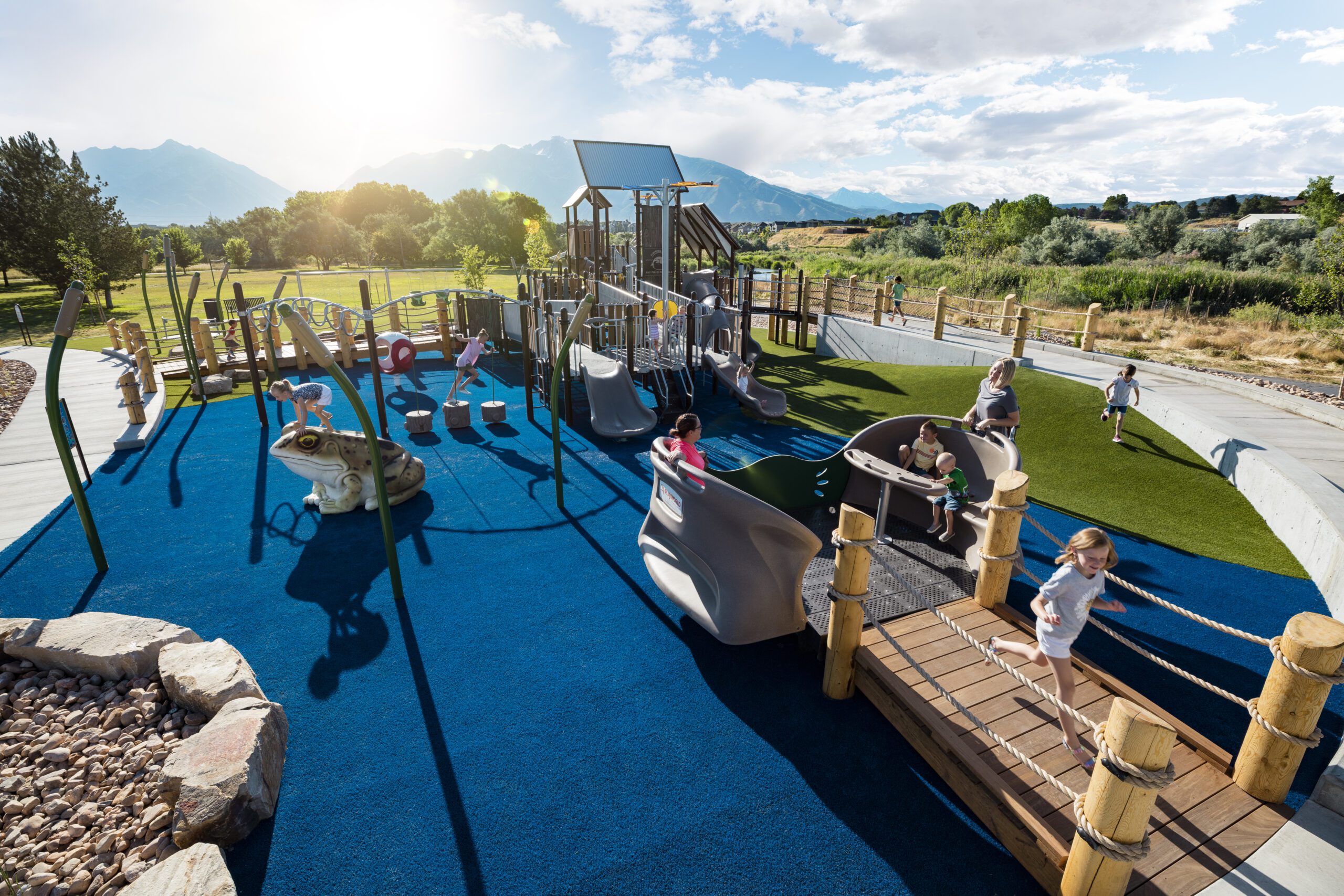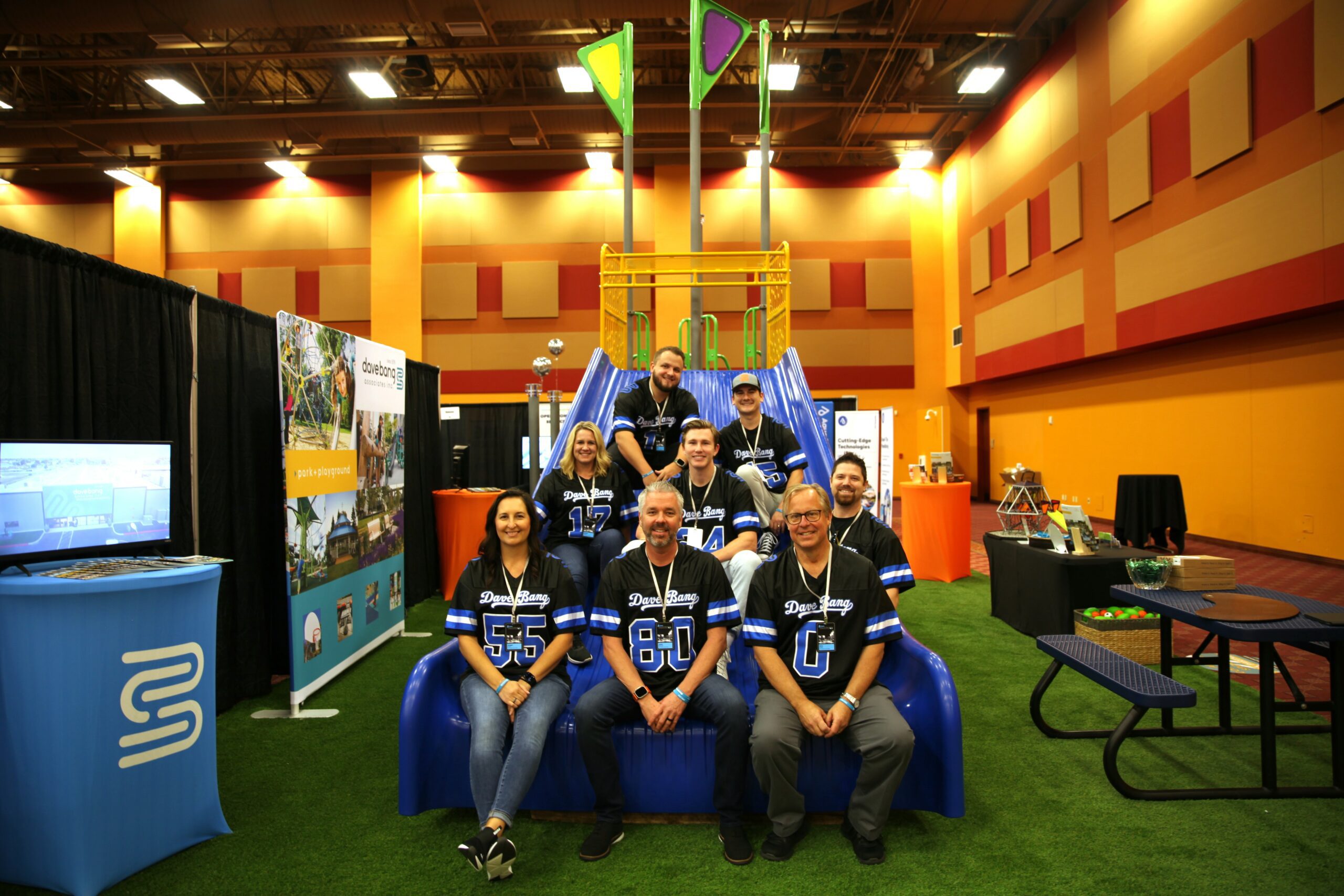Inclusive Playgrounds: How to Create Spaces for All Abilities
Inclusive playgrounds are a beacon of unity and equality, demonstrating that the joys of play should be accessible to all, irrespective of ability. These spaces are thoughtfully designed to accommodate and engage children of all abilities, fostering social inclusion and promoting developmental growth. In this article, we’ll explore how to create playgrounds that are genuinely inclusive, inviting all children to play, explore, and learn together.
Understanding Inclusive Playgrounds
Unlike standard playgrounds, which are often designed with able-bodied children in mind, inclusive playgrounds cater to a broad spectrum of abilities. They consider physical, sensory, and cognitive needs and are designed to eliminate physical and social barriers to play. They provide a multi-sensory experience and promote inclusive play where children with and without disabilities can play together.
Designing Inclusive Playgrounds: Key Considerations
When creating an inclusive playground, several factors should be taken into account:
- Accessibility: The playground and its components should be accessible to everyone. This means creating wide and unobstructed paths that can accommodate wheelchairs and strollers, installing ramps for elevated play components, and selecting equipment that can be accessed and used by children with varying physical abilities.
- Variety of Play Experiences: Inclusive playgrounds should offer a range of play experiences to cater to different developmental needs. This could include active play (swings, slides, climbing structures), sensory play (sand, water, musical instruments), and quiet spaces (seating areas, enclosed structures) for children who need a break from stimulation.
- Safety and Comfort: Safety is a priority in any playground, but inclusive playgrounds require additional considerations. For example, surfaces should be firm and stable for mobility aids, equipment should be designed to prevent falls or injuries, and spaces should provide protection from the elements.
- Clear Sightlines: Maintaining clear sightlines across the playground allows caregivers to easily supervise children. It also helps children with social anxieties or sensory processing disorders to feel safe and comfortable.
Steps to Create Inclusive Playgrounds
Creating an inclusive playground involves several steps, including:
- Community Engagement: Engage with the local community, including children, parents, teachers, and special needs professionals, to understand their needs, desires, and challenges. This will help ensure the playground is truly inclusive and meets the needs of all its users.
- Collaboration with Professionals: Collaborate with professionals, such as occupational therapists, special educators, and accessibility consultants, to gain expert insights into how to cater to diverse needs.
- Selecting Inclusive Equipment: Choose play equipment that promotes inclusivity. This could include wheelchair-accessible swings and merry-go-rounds, sensory play panels, and adaptive seating.
- Creating an Inclusive Layout: The layout of the playground should promote interaction and socialization. Equipment should be arranged to encourage children of different abilities to play together, rather than segregating accessible equipment.
- Implementing Safety Measures: Implement appropriate safety measures, such as protective surfacing, handrails, and fencing. Regular maintenance and inspections are also crucial to maintaining a safe play environment.
- Inclusive Signage: Use inclusive signage that features symbols and braille to ensure all children and caregivers can understand the playground rules and equipment usage instructions.
In conclusion, inclusive playgrounds offer immense benefits, promoting social inclusion, empathy, and mutual respect among children of all abilities. Creating these spaces requires careful planning, community engagement, and a commitment to accessibility. When implemented correctly, the result is a vibrant, engaging space where all children can play, learn, and grow together. Every child deserves the opportunity to experience the joy and benefits of play – let’s make it a reality through inclusive playgrounds.




